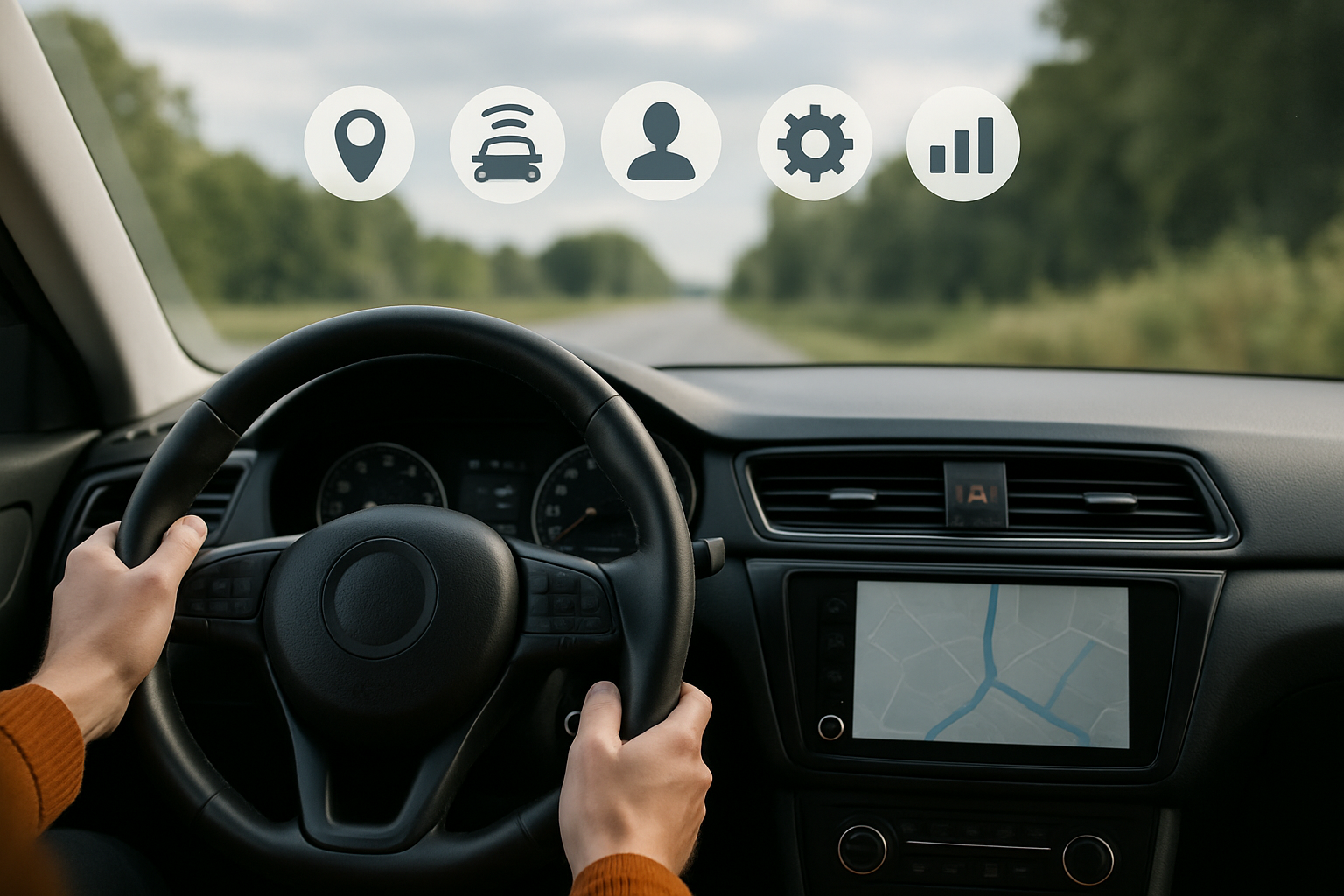By Will Girling | February 28, 2025
Vehicle recalls frequently make headlines. On 26 February 2025, a report by the US National Highway Traffic Safety Administration (NHTSA) caused Tesla to recall more than 376,000 Model 3s and Model Ys due to a steering assist issue. The automaker is no stranger to safety concerns—the previous year, 5.1 million of its vehicles were recalled in the US, though these were primarily fixed with over-the-air (OTA) updates instead of physically at dealerships.
Tesla is certainly not alone. For 2024, NHTSA noted that more than 27 million vehicles were recalled, with models from Honda, Stellantis, and General Motors among the most numerous. At the same time, the overall quantity of recalls fell 18% year-on-year, and individual brands—Ford’s total number of vehicles recalled were half what it recorded in 2022 (8.7 million)—are making progress. For all intents and purposes, OEMs are winning the war for quality.
Rise of the ‘silent recall’
Or are they? The definition of a recall has broadened beyond replacing physical components and hardware; electrical system faults are currently the most common, and the proportion of OTA resolutions has risen from 21% to 33%.
As a corollary, Boaz Mizrachi, Chief Technology Officer and Co-Founder of software developer Tactile Mobility, tells Automotive World that “silent, ongoing recalls” are on the rise. These are instances where vehicle software flaws are detected and corrected by dealers before becoming a larger problem.
Mizrachi states these will rarely, if ever, make the news, as doing so would be bad publicity. However, he theorizes that their increased incidence is a logical outcome of the automotive industry’s evolution towards software-defined vehicles. “Ten years ago, OEMs sought to bring more value without incurring significantly more cost. Focusing on software made sense, and since sensor hardware was already installed on many models, companies could tap those data streams to create actionable insights.”
The result has been an acceleration in artificial intelligence/machine learning (AI/ML) algorithms, unlocking or enhancing features for advanced driver assistance systems (ADAS). These can be highly beneficial for increased safety in many instances—for example, automatically actuating the chassis to limit torque at the wheels when driving on a slippery road surface.
“But here comes the problem,” says Mizrachi. “Sometimes the car will think it has lost grip erroneously and limit torque unnecessarily. If a customer has bought an expensive sports car, that could be very irritating.” Such errors are usually circumstantial and ephemeral, making them difficult for a certified engineer to replicate or identify while servicing. “Nonetheless, every time the driver encounters those same conditions, the problem will occur.”
The reason, he posits, comes down to differences in testing between physical components and software. The former have well-understood real-world procedures prior to vehicle integration that are extensive but finite. However, the latter not only has a practically unlimited number of situational test variations but must also account for the gradual degradation of hardware, which can alter how onboard systems perceive performance and road conditions. Essentially, by seeking to enhance vehicle performance through software, automakers have substantially increased the surface area for faults, poor system decision-making, and recalls.
Bridging the data gap
As companies like Tesla aim to bring automated and autonomous driving to the masses, bridging the data gap and reducing recalls caused by software is crucial. However, in Mizrachi’s view, this can be challenging. “Automakers basically need a method for expecting the unexpected—the situations that cause traffic collisions usually weren’t even imagined when the software was created.”
Since 2012, Tactile Mobility has been a pioneer in leveraging sensors, signal processing, AI, data analysis, and embedded computing to optimize driving decisions. It follows a four-step process:
- Collect road and vehicle information in real time,
- Transmit it in a lean data stream to the cloud,
- Annotate it with metadata, and
- Use it to train AI/ML models targeting optimization.
Installing these capabilities in every car during production would quickly provide a rich tapestry of performance data from across an entire fleet. “Going forward, adopting this method is the only way to cover all the permutations and ensure systems perform accurately in the field,” states Mizrachi.
OTA offers automakers the opportunity to distribute patches as and when problems are detected, mitigating the need for a formal recall and making improvement more proactive. “OTA still presents some safety issues. If a car is updated and suddenly handles or performs differently without the driver knowing, that could cause accidents.” He points to the two Boeing 737 Max crashes in 2019—attributed to a flight control software program update—as a comparative example.
For its part, Tactile Mobility is already actively engaging with automakers and industry stakeholders to improve vehicle safety. “We’re verifying existing software and improving functionality in future releases. Once an OEM knows what’s happening out there, and its systems are trained to handle it, a reduction in the total number of recalls will naturally follow,” he concludes.
Originally published in Automotive World



